Peter Ruxton, Principal, Tembo Capital Management
 |
| Interview conducted by: |
 |
Can you please outline Tembo Capital Management’s longer-term capital investment strategy?
Deciding on a long- or short-term investment strategy depends on your investment horizons. Tembo is a private equity mining firm with a ten-year tenure and a potential two-year extension, which allows us to hold investments for a longer period. We support companies from as early as the initial pre-production stage, including pre-feasibility studies, basic engineering and geological work to construction of a cash-generating mining project. Most short-term investors, like unit trusts or pensions funds, like to be involved in a single/selected part of that project development cycle and are looking for returns of eight to 10 percent per annum plus, on their investment. Tembo aims to make multiple times our initial investment over a three to five-year period or longer.
Shorter-term investors tend to look for listed stocks where they have liquidity to divest when they choose. We generally invest in private companies, and if we want to divest, we need to organize an auction to sell the entire company. In some instances, we invest in listed companies, which allows us to sell blocks of shares where we usually own 10 to 20 percent of a company. As part owners, we can exert a positive influence over the company – especially when setting the company strategy – and are able add value as our team comprises of specialists who have been involved in the mining industry for many years.
How does Tembo Capital Management navigate the risk of investing in junior companies?
The key word for us is growth. As a short-term investor, you may get lucky when a commodity price doubles, but we assume a flat commodity price and look for growth in assets of the companies we invest in. We are in the game of risk management and mitigation. The purpose of what we do is to analyze risk early on, invest to de-risk the project and then hope for a major or mid-tier company to buy the asset. The better the project we pick, the easier it is for the major to buy as they are periodically looking for the next big project to fill their development pipelines. From a technical standpoint, we are a team of technical personnel – seven investment professionals who all have specialized degrees and have worked in the industry for numerous years.
What are the key drivers of increased production and exploration costs?
It is the general increase of salaries and equipment costs coupled with the need for companies to go deeper to find metals. As it becomes harder to find easily accessible deposits, more advanced and costly geophysical techniques need to be implemented.
However, in regions such as Africa, deposits can still be found at surface as these territories remain relatively unexplored, which is why Tembo has largely focused on emerging markets in the past. Modern exploration techniques such as airborne magnetic and electro-magnetic surveys are an easy and a very successful method to make discoveries. Artificial Intelligence systems are now being used to identify key fingerprints that you can then match against your existing database to aid discovery.
Africa is more open for business than ever, but many investors are still hesitant to move into the area. What is your general perception of investor interest in Africa?
Generally speaking, African risk is considered quite high, and many companies tend to avoid going there. Tembo is different as we specialize in that more difficult segment of the spectrum of risk and have specialized in emerging markets for more than 29 years. This has allowed us to develop extensive networks and proficient risk assessment, as well as our understanding of local influences better than most.
The mining sector has experienced a paradigm shift towards more sustainable practices. Yet, the public has been slow to realize these changes. To what extent are environmental issues and negative public perception deterring investors?
Emerging markets tend to have less developed regulatory frameworks for mining. They are currently catching up, but in some cases are not yet on the same level as Canada or Australia. The danger is that certain companies see this as an opportunity to cut corners to deviate from international standards.
On the flipside, in more developed regions like Australia and Canada where there are usually multi-land users, there is a lot of regulation surrounding land use and it can become difficult to obtain a mining permit. Data shows that it can take twice as long to issue a permit for a project in developed countries than it does in developing countries. This makes it hard for juniors as they can struggle to survive the two to three years it takes waiting for a permit to be issued. Permitting time-frames and delays are a reason why many junior companies are unable to transition projects from discovery into production.
Can you give us an update on your deals in Africa?
We still have eight African deals, and five others in Latin America and South East Asia, making it 13 in total across two funds with $350 million under management, which is relatively small for a private equity firm. We are looking to exit at least two African deals over the next 6-12 months.
Where does Tembo see the most opportunity for the future?
Tembo intends a global outlook for its third fund to broaden its geographical risk base. However, with exploration becoming more expensive, the industry as a whole will continue to drift towards emerging markets where the tier-one projects can still be found. We have been in Africa since 1995 and have only invested and reinvested in 15 African countries. The reason for this is the geological endowment of the countries, political stability as well as a stable fiscal regime and mining code.

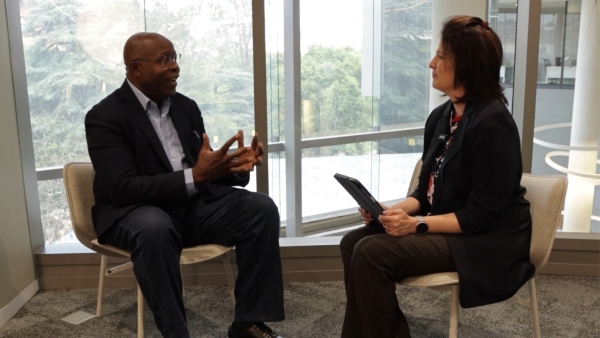
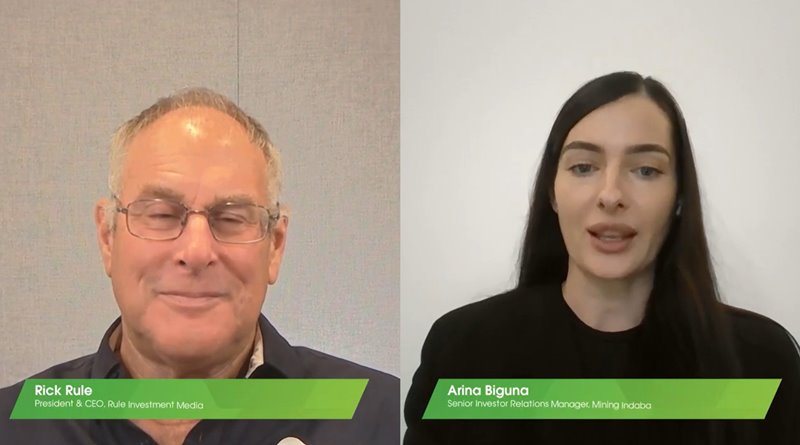
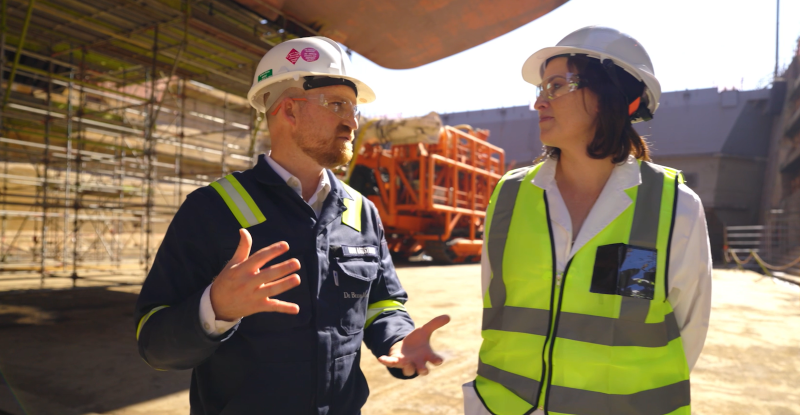





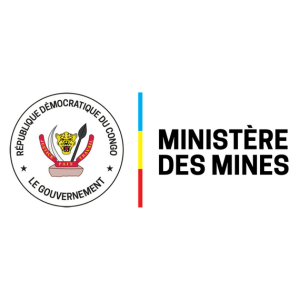



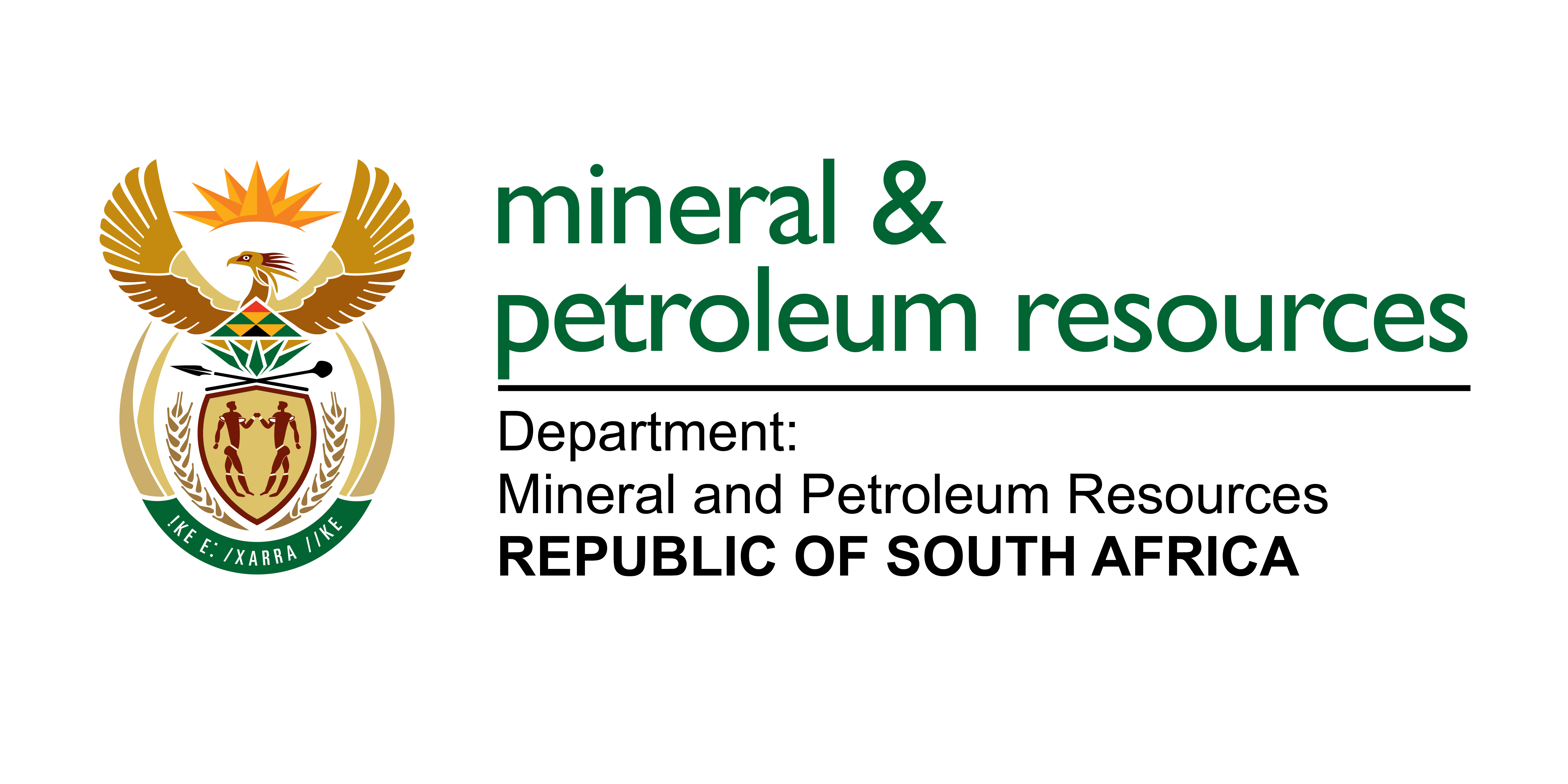-Logo_CMYK_1.jpg?width=1000&height=500&ext=.jpg)




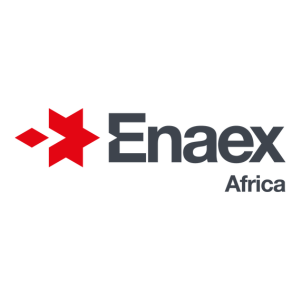


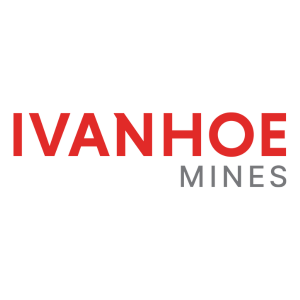
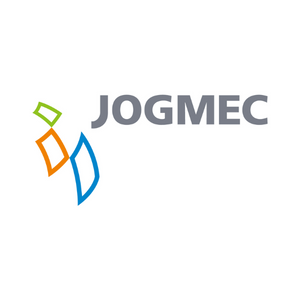




_1.png?ext=.png)











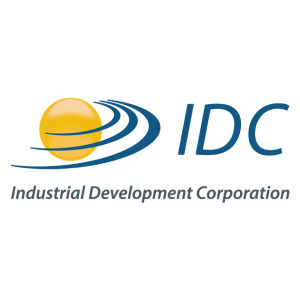






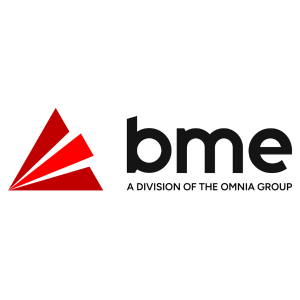





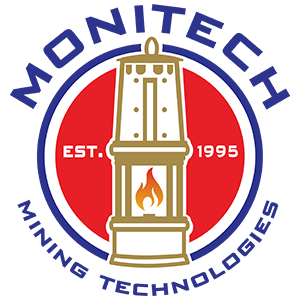



_mi25-weblogo.png?ext=.png)



